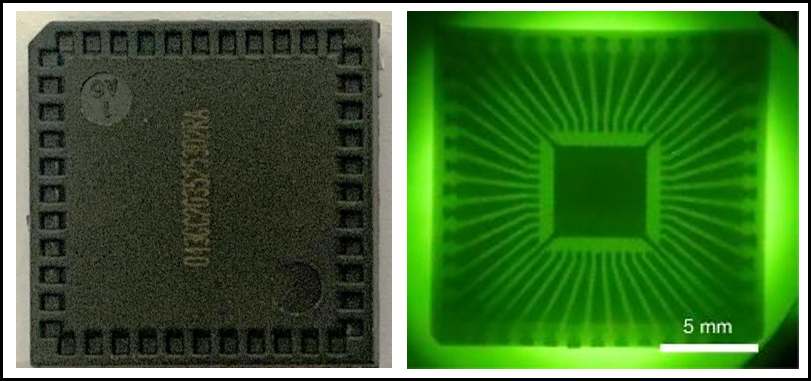

LATEST
NEWS

08 January, 2023
Stable low-cost organic-based materials could transform X-ray imaging by improving fabrication methods and providing reliable high-resolution imaging results. Now, KAUST researchers have developed a novel approach for designing and building such high-performance scintillator materials for detecting X-rays at low doses.
A scintillator is a material that, when hit by high-energy ionizing radiation such as X-rays, absorbs the energy and reemits some of it as low-energy visible light. Scintillators are widely used for X-ray imaging screens in multiple applications, from airport security scanners to medical radiography. However, most existing scintillators are made from ceramic or perovskite materials, which are often fabricated under harsh conditions and can be plagued with poor stability over time when exposed to light and air.

“Organic-based scintillators have inherent advantages, such as low toxicity, high mechanical flexibility, low cost and straightforward large-scale production,” says KAUST postdoc Jian-Xin Wang, who worked on the project under the supervision of Omar Mohammed and co-workers. “However, balancing the X-ray absorption capability, exciton utilization efficiency and photoluminescence quantum yield of organic scintillators has proven challenging.”
To date, organic scintillator materials have been hampered by the small range of X-ray frequencies that they can naturally absorb. However, Wang and co-workers realized that X-ray absorption should increase dramatically as the atomic number of the incorporated elements increases. In particular, the team hypothesized that the addition of heavy atoms to the scintillator material could resolve this issue. X-ray photons can interact efficiently with heavy atoms due to their photoelectric effect — the emission of electrons under excitation from radiation.
“We used a simple molecular engineering strategy to design novel organic scintillators,” says Wang. “We began by introducing chlorine, bromine or iodine to thermally activated delayed fluorescence (TADF) chromophores. We then observed how these heavy atoms altered the efficiency and resolution of the resulting X-ray images.”
Read more at KAUST Discovery.